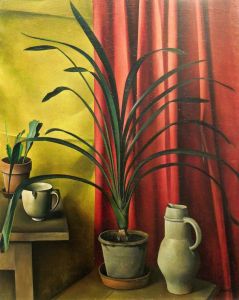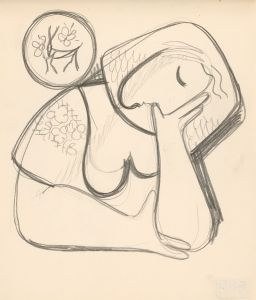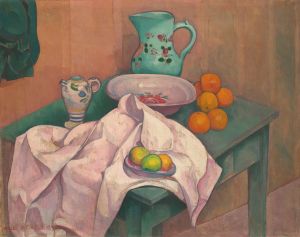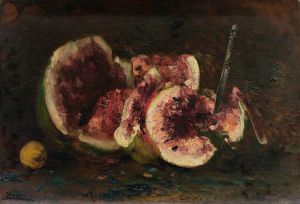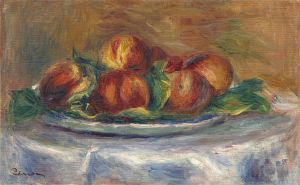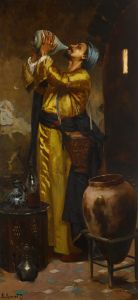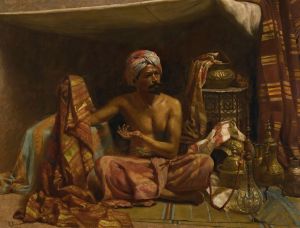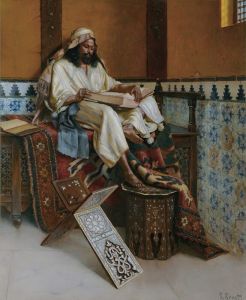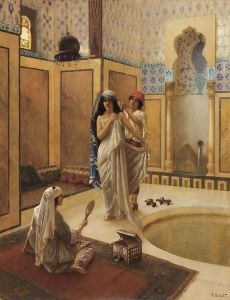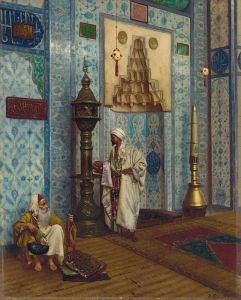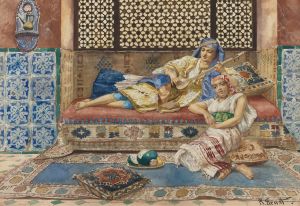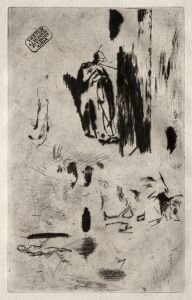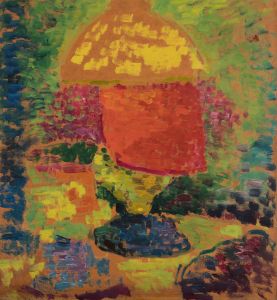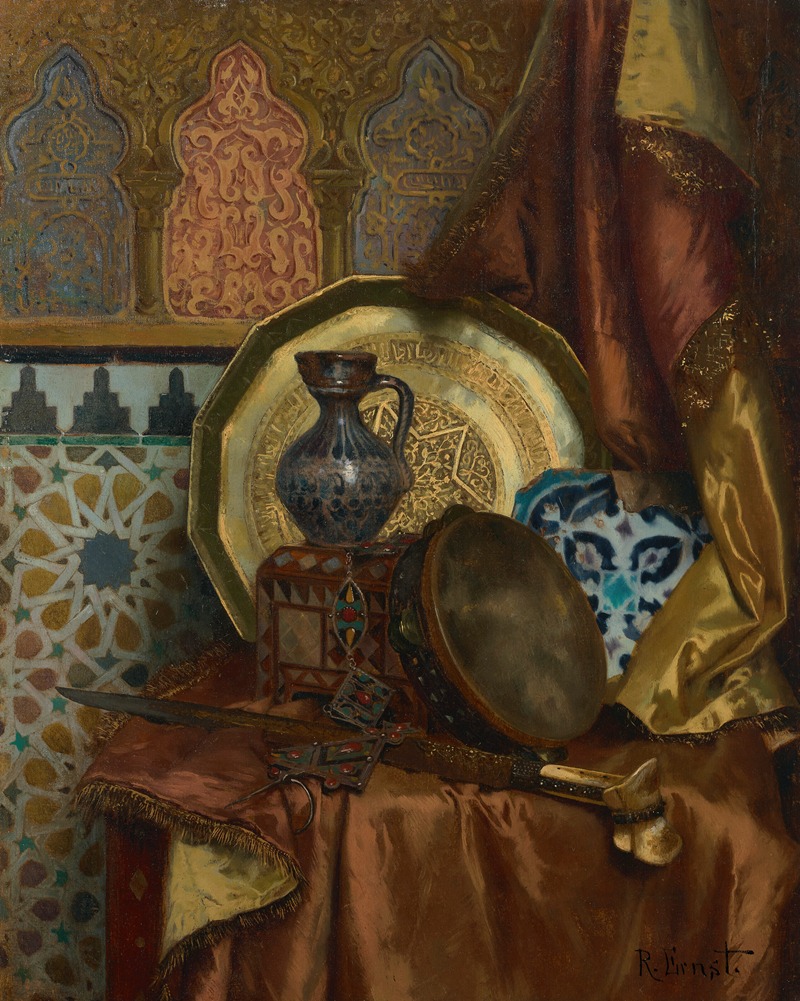
A Tambourine, Knife, Turkish Box, Turkish Jug, Moroccan Tile and Plate on a Satin Covered Table
A hand-painted replica of Rudolf Ernst’s masterpiece A Tambourine, Knife, Turkish Box, Turkish Jug, Moroccan Tile and Plate on a Satin Covered Table, meticulously crafted by professional artists to capture the true essence of the original. Each piece is created with museum-quality canvas and rare mineral pigments, carefully painted by experienced artists with delicate brushstrokes and rich, layered colors to perfectly recreate the texture of the original artwork. Unlike machine-printed reproductions, this hand-painted version brings the painting to life, infused with the artist’s emotions and skill in every stroke. Whether for personal collection or home decoration, it instantly elevates the artistic atmosphere of any space.
Rudolf Ernst was an Austrian painter known for his Orientalist works, which often depicted scenes and objects inspired by the cultures of the Middle East and North Africa. "A Tambourine, Knife, Turkish Box, Turkish Jug, Moroccan Tile and Plate on a Satin Covered Table" is one of his still-life paintings that exemplifies his fascination with the exotic and the decorative arts of these regions.
Ernst was born in Vienna in 1854 and studied at the Academy of Fine Arts in Vienna. He later moved to Paris, where he became part of the Orientalist movement, a trend among Western artists who were inspired by the art, culture, and architecture of the East. This movement was characterized by a romanticized and often idealized portrayal of Eastern subjects, which was popular in Europe during the 19th century.
The painting "A Tambourine, Knife, Turkish Box, Turkish Jug, Moroccan Tile and Plate on a Satin Covered Table" showcases Ernst's meticulous attention to detail and his ability to render textures and materials with precision. The composition features a collection of objects that are representative of the regions that fascinated Ernst. Each item in the painting is carefully arranged on a satin-covered table, highlighting the artist's skill in depicting the interplay of light and shadow on different surfaces.
The tambourine, a percussion instrument, is often associated with music and dance in various cultures, including those of the Middle East. The knife, with its ornate handle, suggests the craftsmanship and artistry of weaponry from the region. The Turkish box and jug are indicative of the intricate designs and patterns that are characteristic of Turkish decorative arts. The Moroccan tile, with its geometric patterns, reflects the influence of Islamic art, which often features complex, non-figurative designs. The plate, likely made of ceramic, adds to the diversity of textures and materials in the composition.
Ernst's work is notable for its vibrant colors and the richness of its details. He had a keen eye for the decorative elements that were prevalent in the objects he chose to depict. His paintings often serve as a visual record of the cultural artifacts that were popular among collectors and enthusiasts of Orientalism during his time.
While Ernst's work is celebrated for its aesthetic qualities, it is important to recognize the context in which Orientalist art was created. The movement has been critiqued for its portrayal of Eastern cultures through a Western lens, often emphasizing exoticism and otherness. However, artists like Ernst played a role in bringing awareness and appreciation of the artistic traditions of the East to a Western audience.
Rudolf Ernst continued to paint and exhibit his works throughout his life, gaining recognition for his contributions to the Orientalist genre. His paintings remain in private collections and museums, where they continue to be appreciated for their beauty and craftsmanship. "A Tambourine, Knife, Turkish Box, Turkish Jug, Moroccan Tile and Plate on a Satin Covered Table" is a testament to Ernst's skill as a painter and his enduring interest in the cultures that inspired his art.





